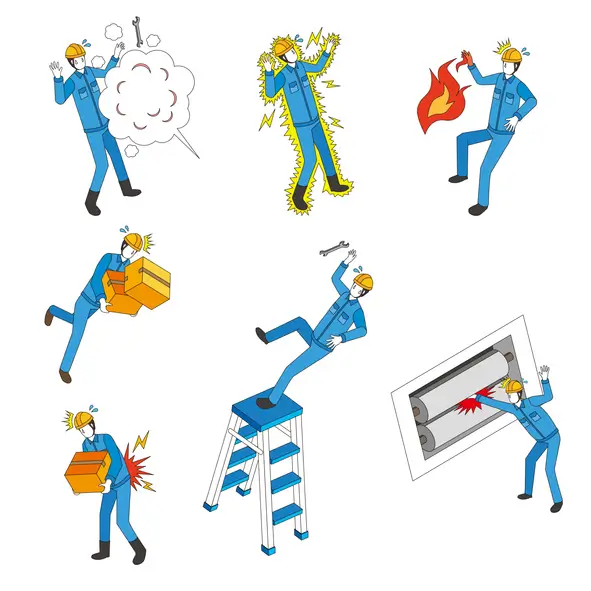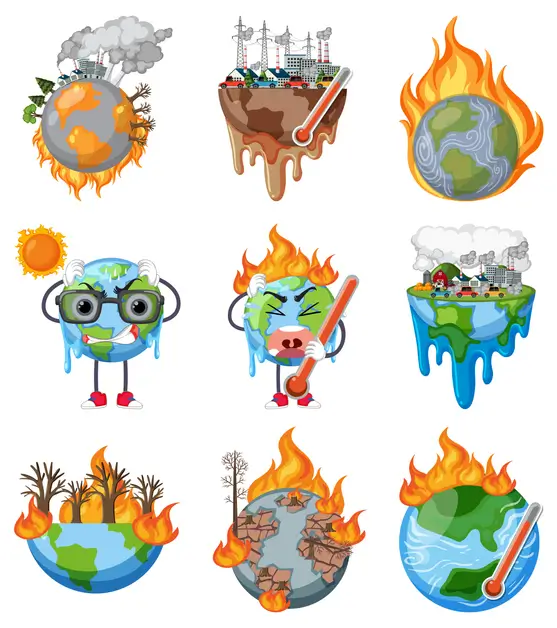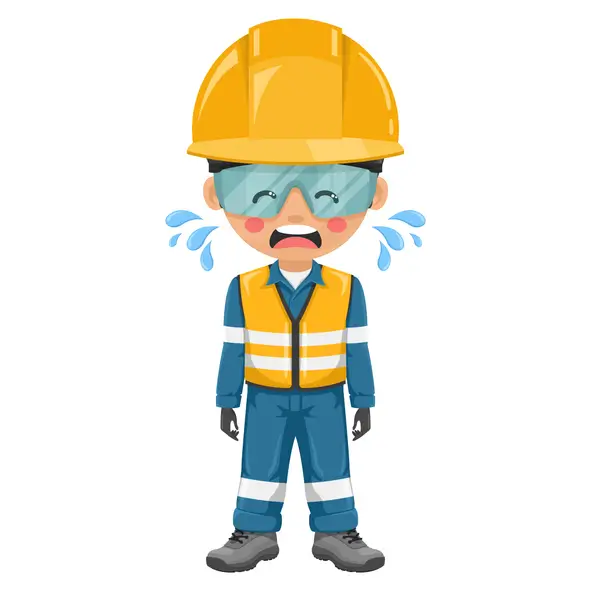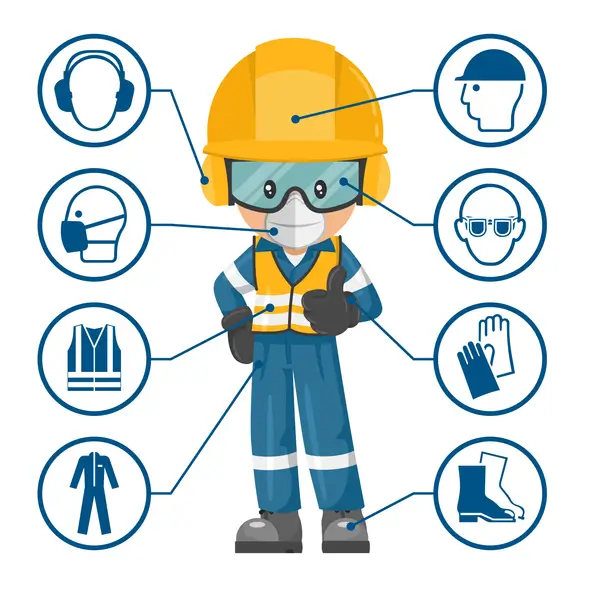Workplace safety remains a pressing concern worldwide, with millions of workers facing hazardous conditions daily. Despite advancements in safety protocols and regulations, recent data underscores the persistent challenges in ensuring safe working environments across various industries.

Global Overview
According to the International Labour Organization (ILO), nearly 3 million workers die annually due to work-related accidents and diseases, marking a significant increase from previous years. Of these fatalities, approximately 2.6 million result from occupational diseases, while 330,000 are due to workplace accidents. Additionally, around 395 million workers sustain non-fatal work-related injuries each year.
Notably, the Asia and Pacific region accounts for nearly 63% of global work-related mortality, reflecting its substantial share of the global workforce.

United States: Key Statistics
In the United States, workplace fatalities and injuries remain a significant concern. Transportation incidents are the leading cause of workplace deaths, accounting for 2,066 fatalities or 38% of all workplace deaths in 2022. Falls, slips, and trips were responsible for 865 deaths, representing 16% of the total. Workplace violence and exposure to harmful substances each accounted for 15% of fatalities.
Musculoskeletal disorders (MSDs) are prevalent, with 488,040 serious cases reported in private industry, constituting 27.7% of all serious work-related injuries and illnesses.
The economic impact is substantial. Overexertion injuries alone cost employers $12.49 billion in 2024, making it the most costly cause of workplace injury. Falls on the same level and falls to a lower level followed, costing $9.99 billion and $5.68 billion, respectively.

Australia: Trends and Challenges
In Australia, 200 workers were fatally injured at work in 2023, a slight increase from 195 in 2022. The fatality rate remains consistent at 1.4 per 100,000 workers. Vehicle incidents were the leading cause of fatalities, accounting for 42% of deaths. Falls from height saw a concerning 71% increase, rising from 17 to 29 fatalities.
The work-related injury rate stands at 3.5%, significantly lower than the global average of 12.1%. However, mental health conditions are on the rise, now accounting for 10.5% of serious workers’ compensation claims, a 19.2% increase from the previous year. The median time lost from work due to mental health conditions is more than five times longer than that for other injuries.

Climate Change: An Emerging Threat
Climate change poses an increasing risk to workers worldwide. The ILO reports that over 70% of the global workforce is exposed to climate-related hazards, including extreme heat, air pollution, and ultraviolet radiation. Air pollution alone is responsible for approximately 860,000 work-related deaths annually. Excessive heat and UV radiation contribute to nearly 38,000 additional occupational deaths each year.
In Europe and Central Asia, heat-related stress among workers has surged by nearly 20% since 2000, correlating with a 16.4% increase in heat-related occupational injuries.

Germany: Psychological Stress on the Rise
Germany has seen a steady increase in mental health-related sick leave. In 2024, psychological disorders accounted for almost 18% of all sick leave, the highest in Europe. Long working hours, job insecurity, and digital burnout are key contributors.
According to the German Federal Institute for Occupational Safety and Health (BAuA), workplace-related stress and depression cost the German economy €33 billion annually in lost productivity and healthcare expenses.

Sweden: Leading in Preventive Measures
Sweden stands out for its proactive approach. Through robust collaboration between unions, employers, and government agencies, Sweden maintains one of the lowest workplace fatality rates in Europe—0.7 deaths per 100,000 workers.
The Swedish Work Environment Authority has emphasized a national focus on mental well-being, introducing initiatives to reduce burnout and regulate workloads in healthcare and education sectors.

France: Slips and Falls Still Leading Injuries
In France, workplace fatalities remain relatively stable, but falls, slips, and trips account for over 25% of serious injuries—especially in construction and transportation. The INRS (National Institute for Research and Safety) has recently launched digital campaigns to promote awareness around ergonomic workplace design and injury prevention.

The Economic and Human Cost
Workplace injuries and illnesses have profound economic implications. In the U.S., work-related musculoskeletal disorders alone cost employers $30 billion annually in workers’ compensation and $54 billion in lost productivity.
Beyond financial costs, the human toll is immeasurable. Each statistic represents individuals whose lives are affected—sometimes permanently—by workplace hazards. The emotional and psychological impact on workers and their families underscores the urgency of implementing effective safety measures.

Conclusion
Despite progress in occupational safety, the persistent rates of workplace injuries, illnesses, and fatalities highlight the need for continued vigilance and proactive measures. Employers, governments, and workers must collaborate to foster safer work environments, adapt to emerging challenges like climate change, and prioritize the well-being of the global workforce.


Leave A Comment